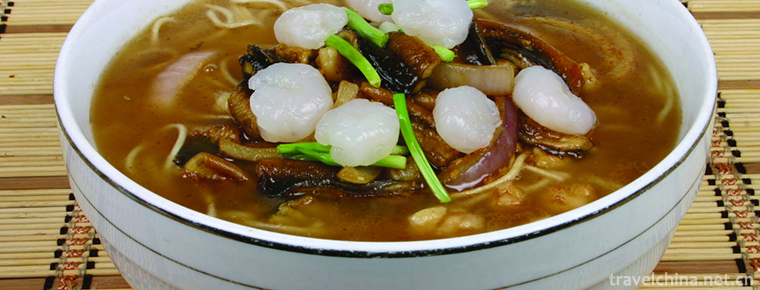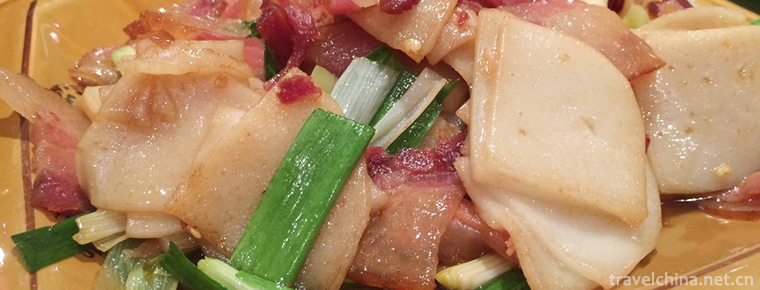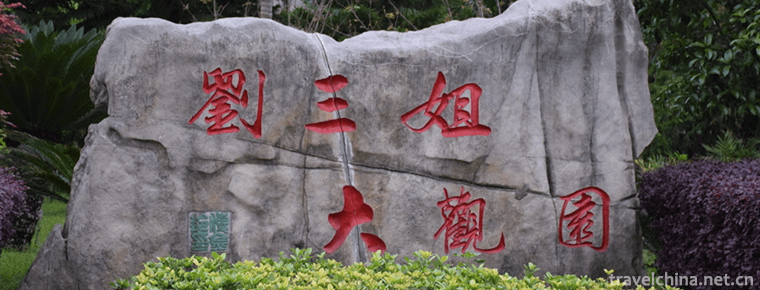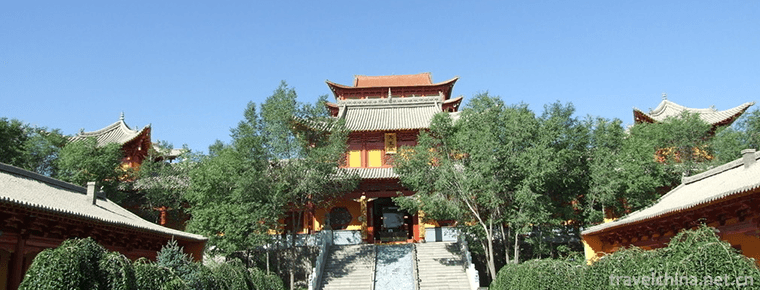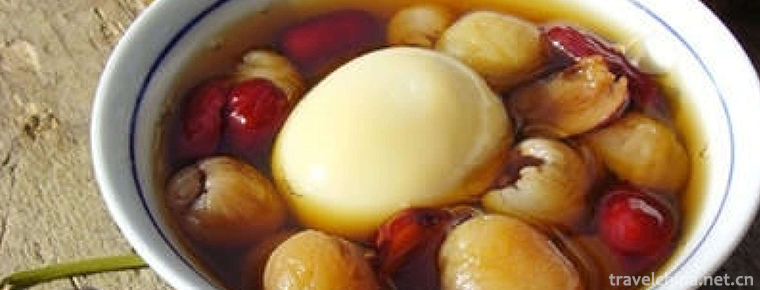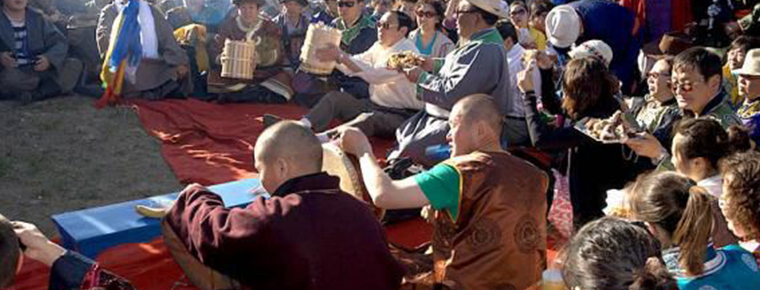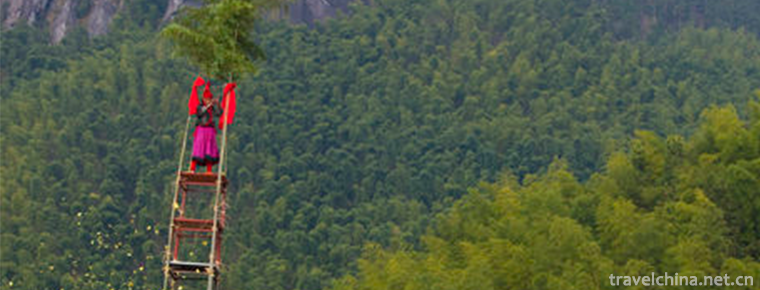Gaoyou folk songs
Gaoyou folk songs
The earliest source of Gaoyou folk songs can be traced back to the Neolithic Age. Gaoyou Lake and Lixia River in Gaoyou City are the traditional folk songs widely spread in their production and life. They mainly include chants, minor tunes, love songs and various kinds of life, custom ballads, nursery songs and antiphonal songs. They have both the soft and graceful characteristics of Southern Jiangsu folk songs and the bright temperament of Northern folk songs, with a gentle and light rhythm. Yu's Lixia River style. Gaoyou folk songs have different characteristics from those of other places. Classic masterpieces: counting duck eggs, Gaoyou northwest township, sending husband to join the army, unloading armour ballads, Yangge chant, my hometown in Gaoyou, returning home
Gaoyou Folk Songs won the Best Urban Songs Award in Shanghai World Expo, the First China Peasant Art Festival, the 12th China Shanghai International Art Festival, the 2nd National Folk Music and Dance Festival in 1957, the 1960 National Congress of Cultural and Artistic Workers, the Spring Festival Gala, the 2nd CCTV Music and Television Exhibition of Seven Image Songs, and the Jianghai Culture and Art Exhibition in China. Zhou, Beijing-Hangzhou Grand Canal (Jiangsu) Arts Festival, CCTV seven sets of local hurdles, CCTV our festival - China Long Song Line series shows, performances and performances.
On October 18, 2007, the Chinese Association of Folk Literators and Artists officially awarded Gaoyou the honorary title of "Hometown of Chinese Folk Songs", which made Gaoyou the only home of Chinese Folk Songs in the country at that time. Compared with other important folk song towns such as Guangxi, Yunnan and Xinjiang, Gaoyou folk song in Lixia River area in central Jiangsu seems to be little known.
On June 7, 2008, Gaoyou Folk Song was approved by the State Council to be included in the second batch of national intangible cultural heritage list.
On June 6, 2010, at the invitation of Jiangsu Organizing Committee of Shanghai World Expo, we participated in the rehearsal of Jiangsu Pavilion Week. The organizing committee has basically decided that the number of duck eggs in Gaoyou Folk Songs will be the weekly exhibition program of Jiangsu Pavilion of the World Expo from June 13 to June 17. Gaoyou Folk Songs shine brilliantly at the Shanghai World Expo.
Historical evolution
Gaoyou Folk Songs were listed as the first intangible cultural heritage list of Jiangsu Province on March 24, 2007, the second national intangible cultural heritage list on June 14, 2008 and the first Yangzhou intangible cultural heritage list on January 17, 2008, and the first group of Gaoyou intangible cultural heritage list on February 8, 2008.
Since the 1980s, Gaoyou has held 31 consecutive competitions and concerts, and has collected and collated 600 Gaoyou folk songs. Gaoyou folk songs have included 272 complete lyrics and songs, with more than 40 tunes.
original ecological folk songs
Hengjing original ecological folk songs are part of Gaoyou folk songs on the national intangible cultural heritage list. It is a famous traditional folk song in Hengjing Town of Gaoyou City. Hengjing original eco-folk song has gained popularity since it was broadcast in 2005 in seven sets of "Gone Songs" by CCTV. Among the original ecological folk songs in Hengjing, a considerable part belongs to love songs. Most of them are arranged in chronological and monthly order, expressing their feelings with song expressions and lyrics, which not only releases feelings, communicates feelings, but also eliminates fatigue and entertains listeners.
historical origin
As early as 7,000 years ago , the ancestors of Gaoyou worked hard, planted rice seedlings, hunted fish and domesticated animals. It can be said that where living people live together, where there is labor, where there are primitive ballads. Therefore, the earliest source of Gaoyou folk songs can be traced back to the Neolithic Age. For thousands of years, Gaoyou folk songs have been handed down orally by the masses and passed down from generation to generation. Many folk songwriters are well known and well-known in China. On October 18, 2007, the Chinese Association of Folk Literary Artists officially awarded Gaoyou the honorary title of "Town of Chinese Folk Songs", which made Gaoyou the only "Town of Chinese Folk Songs" in the country at that time. On June 14, 2008, Gaoyou Folk Songs were listed in the second batch of national intangible cultural heritage list.
According to the textual research, the popular "scattered flower tune" in Gaoyou is one of the sacrificial ballads of the ancient folk "exorcise" in the central Jiangsu area, which is called "countryman exorcise". It has been recorded in the Analects of Confucius and has a history of more than 2000 years. Later, Gaoyou Ci poet Qin Shaoyou and Sanqu master Wang Pan not only drew rich nutrition from folk songs, but also helped to improve the re-creation of folk songs because their lyrics and songs were widely sung. In addition, cultural celebrities such as Pu Songling, who had served as a courier in Gaoyou, directly or indirectly participated in the creation, enriching the connotation of Gaoyou folk songs and enhancing the quality of Gaoyou folk songs. Gaoyou Zhangjiazhuang's seedling-planting slogan "Xiliangyue" (a sad sight of my sister), the lyrics are derived from Feng Menglong's "hanging branches" in the Ming Dynasty. In "Pu Songling's Slang", there are many other songs such as "Reversed Roller" and "Overlapped Bridge" with the same name as the folk songs still popular in Gaoyou. Therefore, Gaoyou and its surrounding areas have also naturally become a fertile soil for folk song creation. In fact, Jiangsu has always been an important "song town" in China, such as "Jasmine Flower" is one of the most influential folk songs in China.
Jiangsu's cultural characteristics are "Wu Yun Han Style", which corresponds to the folk songs of Wu Song in southern Jiangsu and Chu Song in northern Jiangsu. The styles of Wu Song are quite different. The scope of Wu Song includes Su Xichang and Gao Chun in Nanjing, while Suzhou is the "first highland" and its main feature is "ou". The scope of Chu Song is in the northern part of Jiangsu Province, and its style is rugged. Located in the blending zone of Wuge and Chuge, the Lixia River area in Central Jiangsu, with Gaoyou as its center, includes Baoying, Xinghua, Jiangdu, Yizheng, the North-South intersection, and Jianghuai area with Xiajiang Mandarin as its dialect. In the history, the cultural convection between the North and the South, the fresh folk song elements are constantly gathered and supplemented, gradually evolving into an unprecedented prosperous "song village".

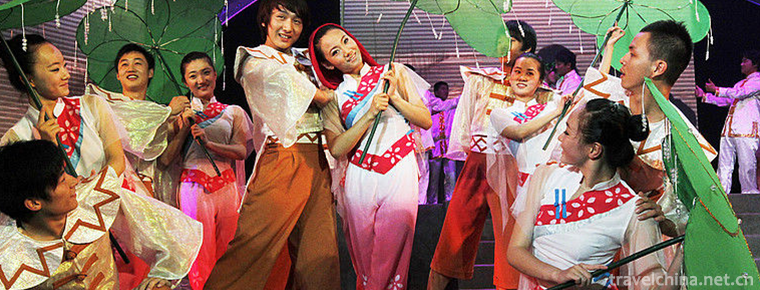
-
Noodles with quickfried eel shreds and shelled shrimps
Shrimp fried eel noodles is a famous traditional food in Kui yuan hall, Hangzhou City, Zhejiang province. When the shrimp is cooked with fried eel noodles, select the strong fresh eel,.
Views: 158 Time 2018-10-27 -
Fried the bait
Fried the bait/Great rescue is a famous traditional snack in Tengchong County, Yunnan Province..
Views: 237 Time 2018-11-27 -
Jiulong Mountain Rural Tourism Scenic Area
Mianzhu Jiulongshan Rural Tourism Scenic Area is located in the northwest of Mianzhu City, Sichuan Province. It is a characteristic rural tourism area.
Views: 139 Time 2018-12-22 -
Liu Sanjie s Grand View Garden
Liu Sanjie Grand View Garden, formerly known as Guilin Liu Sanjie Landscape Garden, is located on the Peach Blossom River in Guilin City, Guangxi Zhuang Autonomous Region. It covers an area of more th.
Views: 145 Time 2018-12-26 -
Jiangyou Dou Meishan Scenic Area
Dou Meishan Scenic Spot is an important part of Jianmen Shudao National Scenic Spot. It is 25 kilometers north of Jiangyou City and 170 kilometers away from Chengdu.
Views: 154 Time 2019-01-21 -
Shandan Great Buddhist Temple
Shandan Grand Buddha Temple is located at the foot of the mountain 5 kilometers west of Shandan County, Zhangye City, Gansu Province. The old name of "Tufo Temple" was built in the Northern.
Views: 161 Time 2019-02-08 -
Fried egg with Longan
Oyster with longan is a dish name. Its raw materials have certain medicinal effects of traditional Chinese medicine and have medicinal effects on human body..
Views: 261 Time 2019-03-24 -
Sebin Festival of Ewenki Nationality
"Serbin" is an Ewenki language, meaning "happy and peaceful". Sebin Festival is a traditional festival of the Ewenki people. On Sebin Festival, Ewenki hunters gather together.
Views: 162 Time 2019-04-28 -
Turn over to the nine floor
The Ninth Floor, also known as the Ninth Floor, is a traditional folk activity popular in northeastern Fujian and southern Zhejiang. It is mostly used in rituals such .
Views: 304 Time 2019-04-29 -
Yi Folk Songs
Yi folk song is an important carrier of Yi culture and one of the most important forms of inheriting Yi culture. It records the history, science, production and life, traditional customs, philosophy, .
Views: 214 Time 2019-07-12 -
Neijiang economy
In 2019, the GDP of Neijiang City will reach 143.33 billion yuan, an increase of 7.8% over the previous year in terms of comparable prices. Among them, the added value of the primary industry was 24.050 billion yuan, an increase of 2.9%; the added value.
Views: 358 Time 2020-12-16
